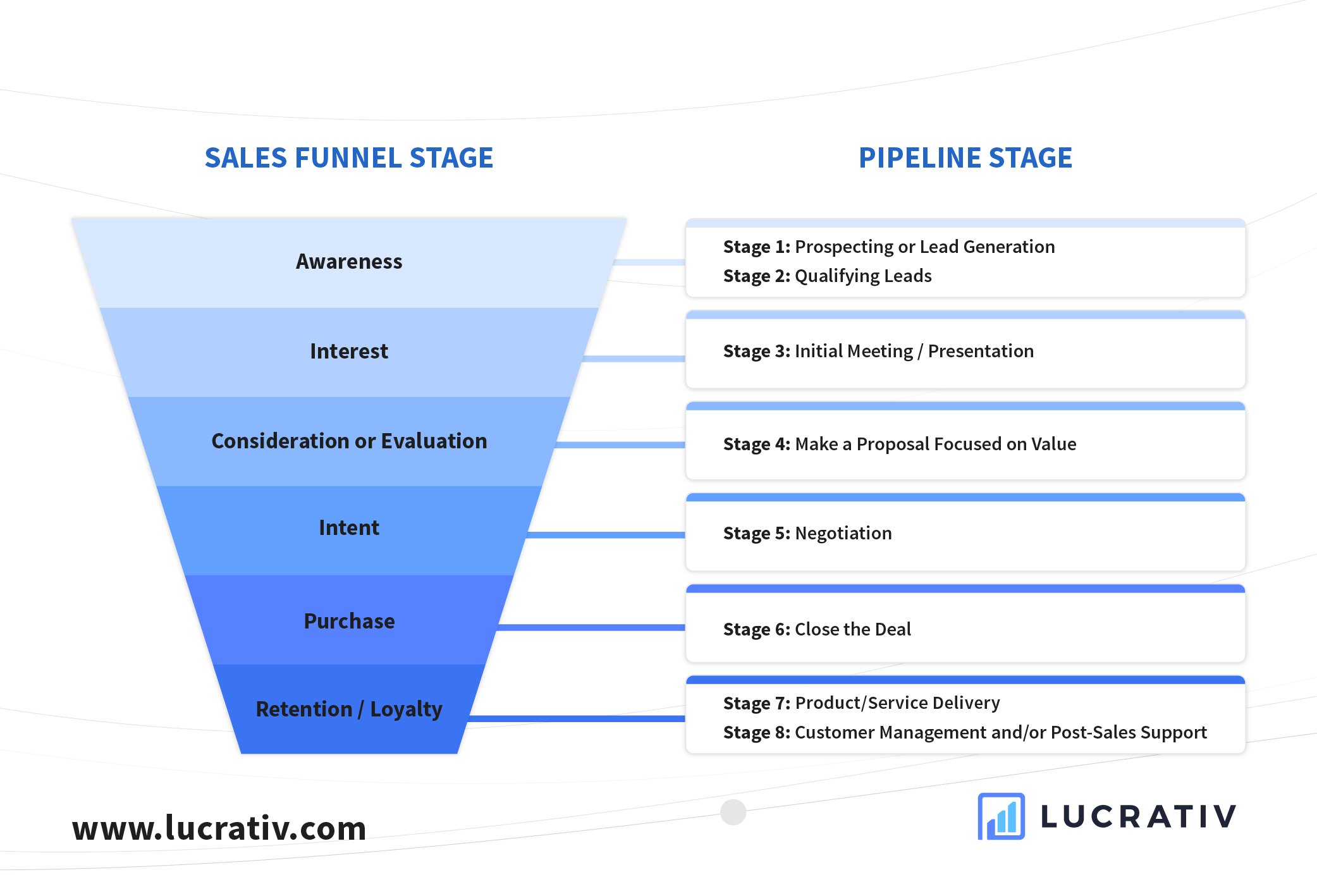
A healthy sales pipeline is a properly managed sales pipeline. Sales pipeline management involves the proper monitoring of all the movements and players within a sales pipeline. That means tracking prospects, sales reps, targets, goals—and foreseeing any possible hiccup at any stage and managing those setbacks early on.
It also means tracking the flow of the sales pipeline, making sure there are no bottlenecks; that leads are moving along (down) the sales funnel; and that there are enough leads being worked on in the first place.
Sounds like a lot? Yes, managing a sales pipeline can be tricky, but that’s why organization and proper systems and processes must be in place—and why costly mistakes have no room in the pipeline.
What are some of these costly mistakes? Here are five common ones that you should avoid if you want a healthy, thriving sales pipeline.
1. Not Having an Established Pipeline
Hard to believe but some businesses do not even have an established pipeline. They haven’t defined their sales pipeline stages—and the tasks for each stage. This makes for so much disorganization: there are no concrete steps to follow, even concrete actions to measure. And even if you have the pipeline stages but have not identified the tasks associated with each stage, it will be very difficult to determine if reps should move on to the next stage of the pipeline.
Solution: Define your pipeline stages and the tasks for each stage. There is no one way to build a sales pipeline. It will all depend on your business, business model, customers, and several other factors related to your business. But there are some factors that influence the sales pipeline, and you need to establish these first: your sales objectives, sales cycle (or the steps your sales reps take to make a sale), buyer persona or Ideal Customer Profile (ICP), product’s marketability, even your customers’ needs and their buyer’s journey, and so on.
As reference, most businesses have 7-8 stages, and they can look like this:

Next, you have to define the tasks that need to be accomplished in each stage of the sales pipeline. This is because you can really only move on to the next stage when certain tasks for the previous one have been completed.
Following the sample sales pipeline above, tasks associated with prospecting could include researching on prospects, making cold calls, sending cold and/or introductory emails, connecting with prospects on LinkedIn and other social media platforms, and the like.
2. Letting Your Pipeline Dry Up
What does it mean when a pipeline has dried up? It means there are not enough leads or prospects coming in and in a few months’ time, the pipeline is empty with leads. And this causes the whole process to stop—because zero prospects means zero opportunities and zero things to work on.
This usually happens when sales teams focus on other stages too much (e.g. negotiation or closing a deal) that they neglect the others.
Solution: It’s really simple: keep prospecting. Just don’t stop, no matter how hectic things become when you’re in the final stages of closing a deal. Keep an eye on each stage all the time. When you notice very few opportunities in the initial meeting stage, that means you need to qualify more leads. If there are not enough leads to qualify, that means you have to generate more leads. And so on.

3. Not Having Metrics to Measure the Pipeline Stages
Some managers find reporting a tedious process, but it’s such a necessary process. And besides, there really is no reason you can't implement effective reporting today. CRMs like Lucrativ have made it easier for sales teams to gather actionable insight through custom reporting.
You’ll want to check in on your sales pipeline regularly and gauge its health. And having key sales metrics is crucial in achieving this.
Solution: Have key sales metrics for every pipeline stage. Doing this allows you to address the little issues before they turn into big ones. You’ll also see the positives: see which stages are doing really well and replicate the best practices you made.
4. Losing Prospects
Losing prospects stings, and if you’re not careful, this can happen within your sales pipeline. This usually happens when the lead nurturing process, particularly the follow-up process, is not well maintained.
Solution: Do not be afraid to follow up, and have a clear system for it. Managers should create a system for proper following up. Establishing a sales cadence certainly helps. It’s a timeline or sequence of sales activities, involving different touch points, that sales professionals follow to engage and, hopefully, convert a lead. Simply put, a sales cadence offers a systematic framework that gives your sales team focus.
5. Not Cleaning Up Your Pipeline
What does cleaning up your pipeline mean? That means removing stale, inactive, problematic prospects in the pipeline. A prospect that received a proposal a month ago and has not moved an inch since then is one example.
Why do you need to do this? A cluttered pipeline affects sales forecasts. If not “cleaned up,” the potential revenue from that stale prospect will be included in the sales projections (when, in fact, it’s hardly a closed deal). And if your projections are wrong, it will be harder to monitor how on-track (or off) you are in hitting the sales quota.
Solution: Do a regular monitoring of the pipeline. Identify which prospects have lingered in a specific stage for quite some time. Decide if they are further nurtured or completely removed. Keep all data updated and accurate. Always keep track of every engagement, activity, nurturing done on a specific prospect. This way, you know if you’ve done enough. Your CRM should help you track all these pipeline activities.
Photos from Pexels. Main photo by Moose Photos






